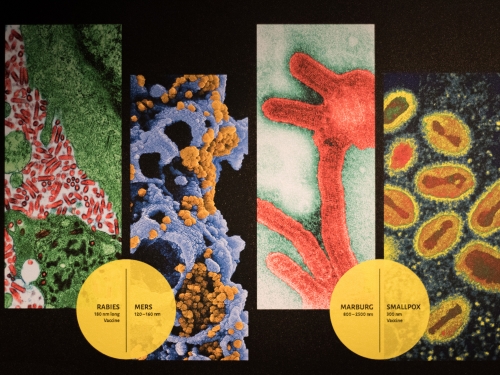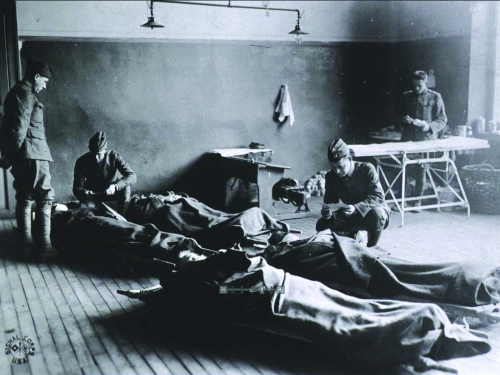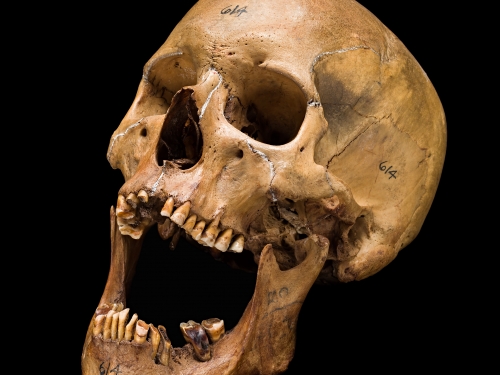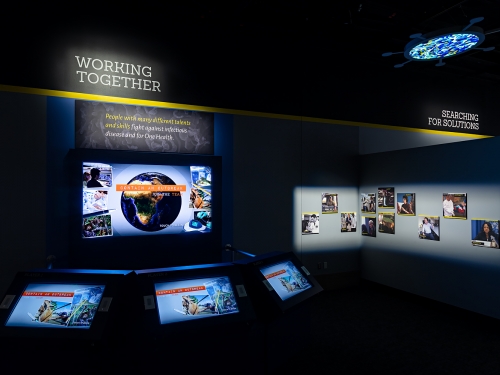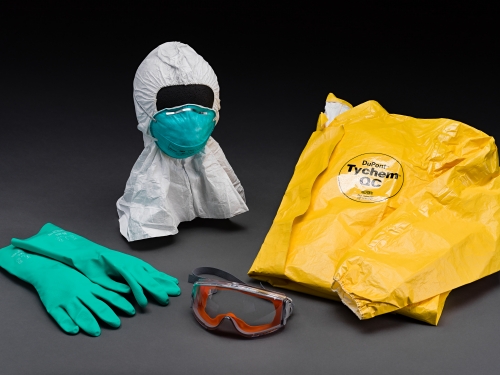Activism and the AIDS Pandemic
Over 72 million people globally have been infected with HIV, the virus that causes AIDS. How did it spread from a single spillover event in the early 1900s in central Africa to become a modern pandemic? The long incubation period for HIV, the demographics of people living with AIDS in the U.S., the methods of its transmission and the complexity of the virus itself led to a slow political response, cultural stigmatization and fear in the early days of the disease in the U.S.
The 1990s were a turning point for AIDS research and treatments. Many people organized and protested inactivity by the government and medical community. As the number of new AIDS cases continued to grow, public-awareness campaigns increased. Medical breakthroughs in the mid-1990s led to improved medicines and much longer life expectancies for people with HIV/AIDS. These AIDS activism materials are on display in the new exhibition, “Outbreak: Epidemics in a Connected World,” at the Smithsonian’s National Museum of Natural History through 2021.
Credit information: James Di Loreto, Lucia RM Martino & Fred Cochard, Smithsonian.




